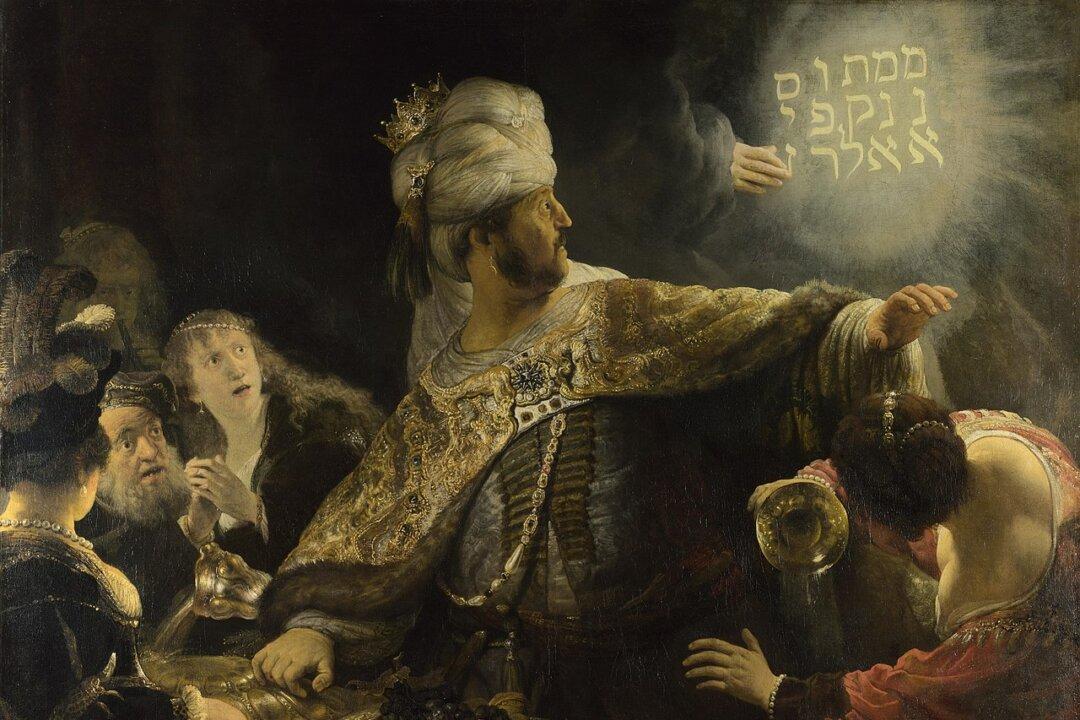We seem to fashion our lives today by what we choose to indulge ourselves with. I like sushi and you like deep-dish pizza; I like Ravel and you like Beyoncé. These choices seem to even define us.
Our era is not entirely unique. In the 1630s, when Rembrandt was trying to establish himself as a painter of large historical scenes and when biblical stories were still considered histories as opposed to mere mythology, the great painter depicted one biblical story that touches on the price paid for living to merely indulge oneself.





